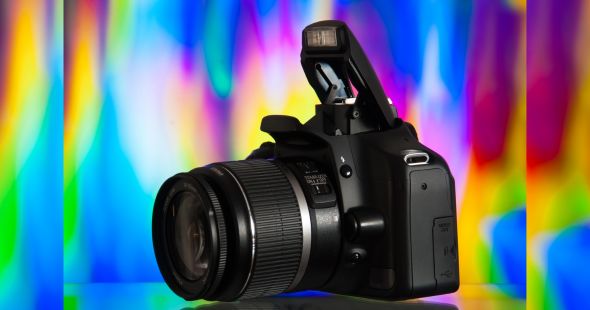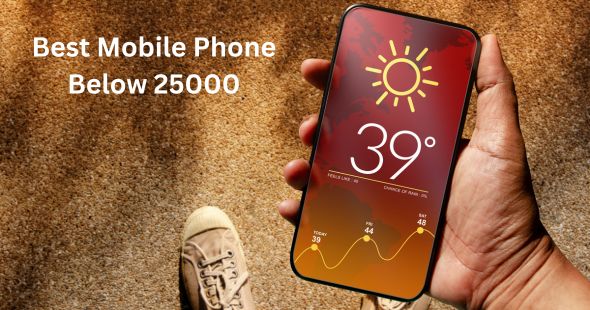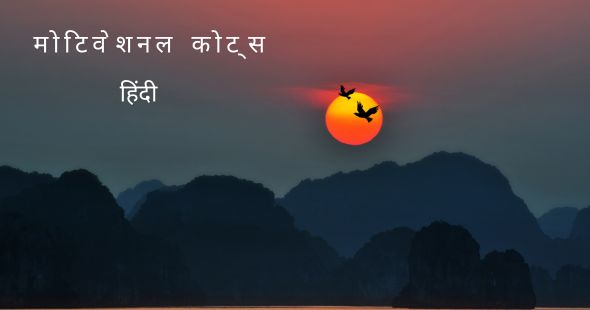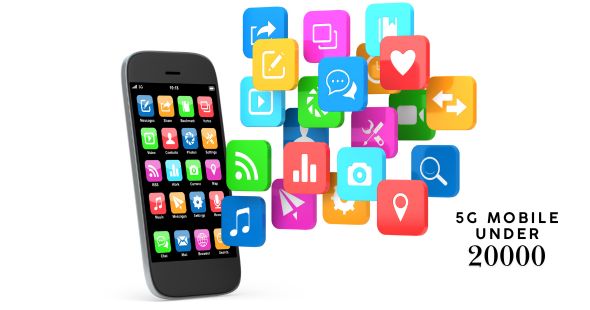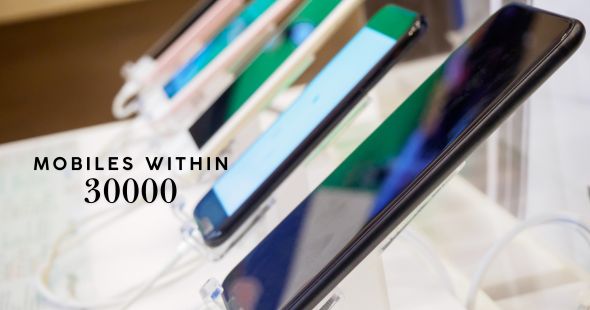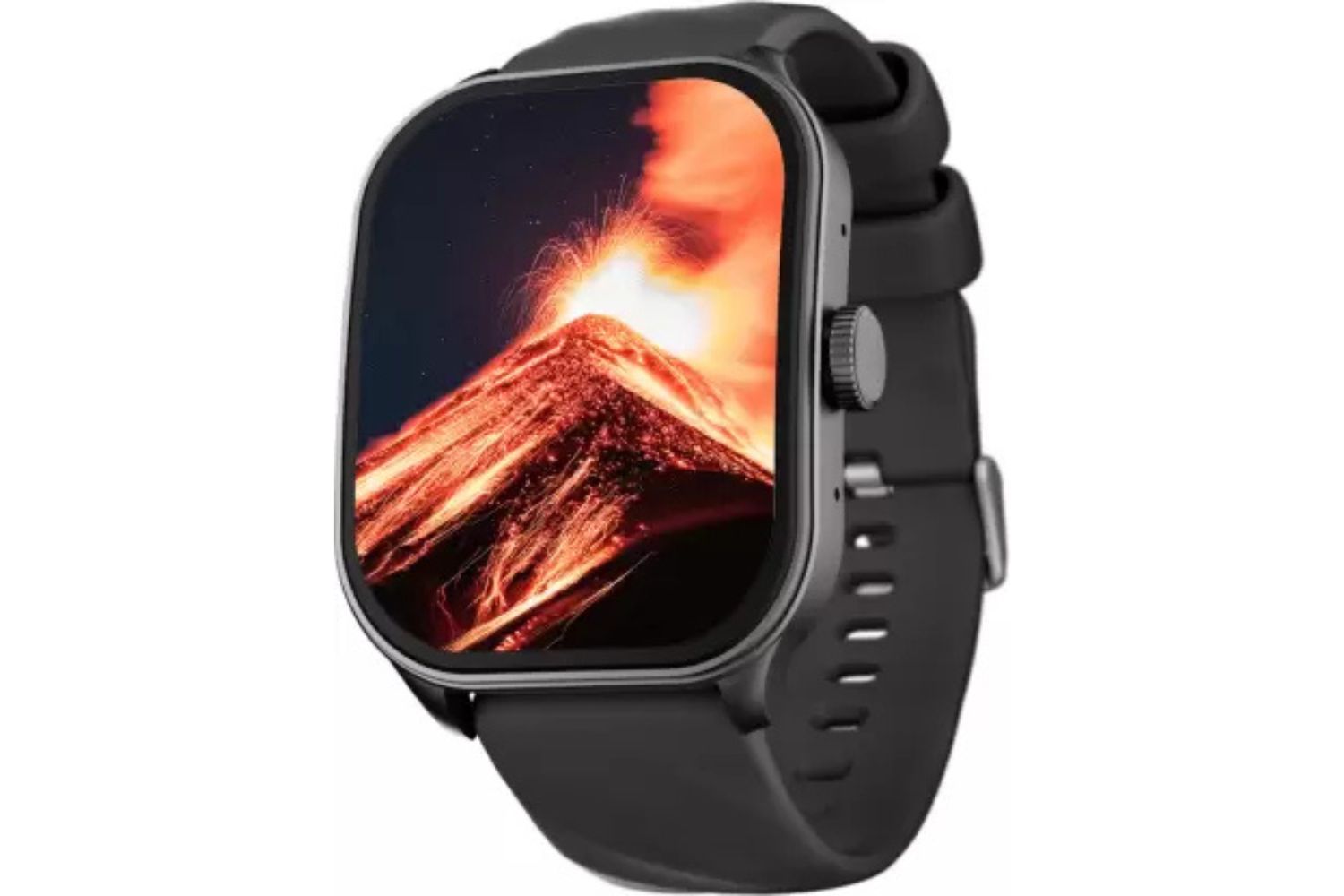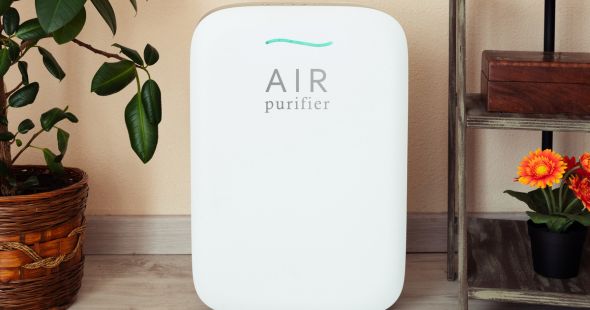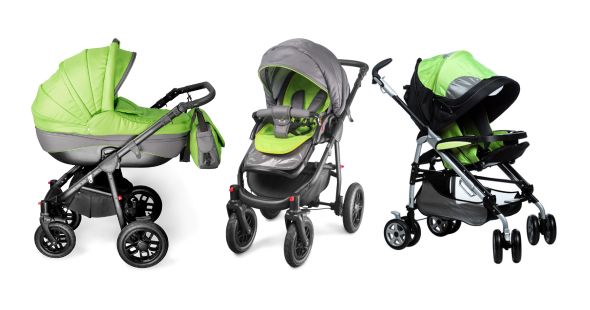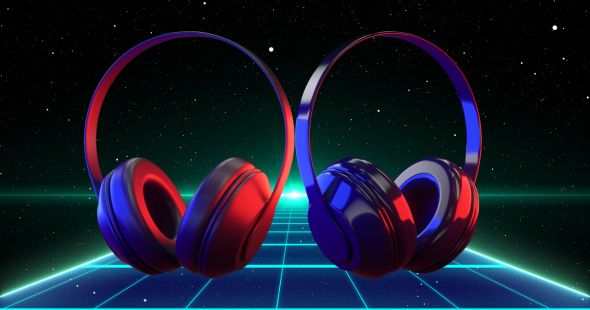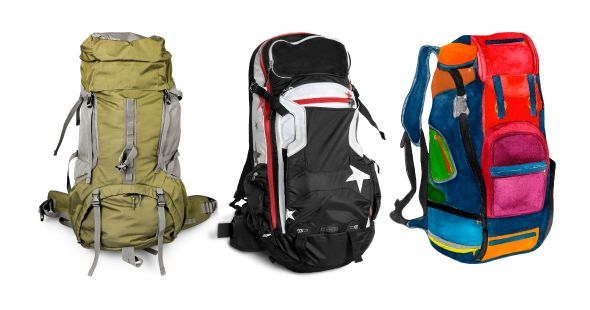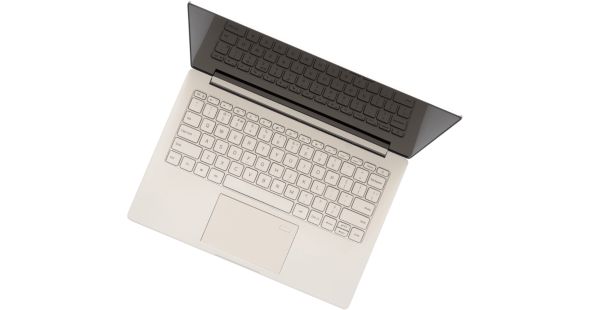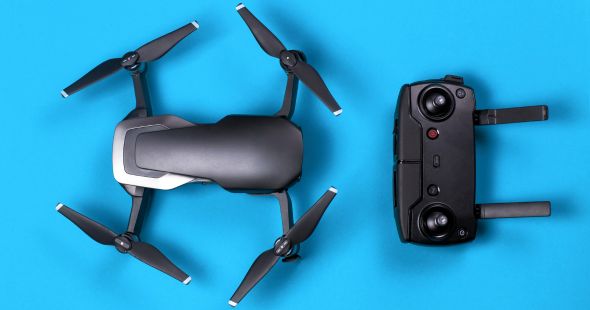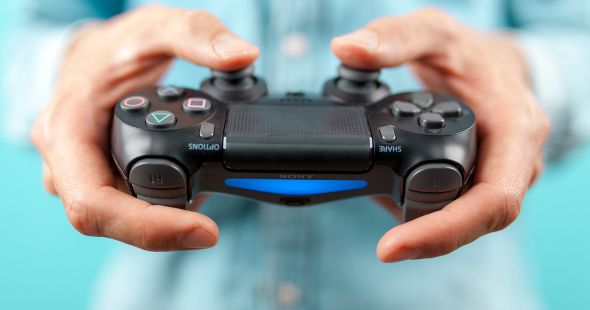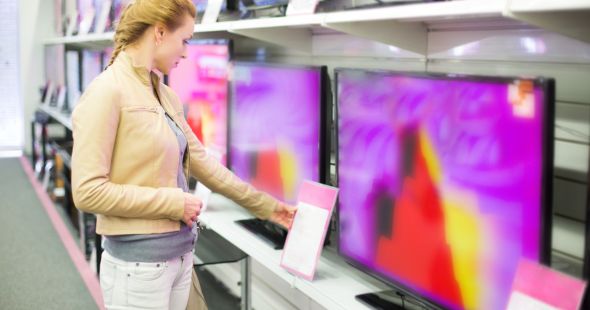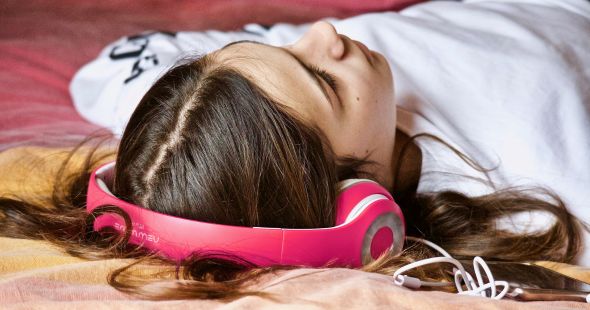Best DSLR cameras Nikon, Canon, Fujifilm (4K, 8K, Mirrorless, Full-frame)
We have included the best professional camera DSLR (Photography, and videography). Mirrorless, full-frame, half-frame, and 4K, 8K from trusted brands like Nikon, Canon, and Fujifilm.
We have listed down best DSLR cameras as well starting from the low price range going to mid-price and high price range cameras, looking at the specs, functionality, and quality of photos and videos. Also included which is best canon camera and Nikon plus their comparison.
(Low price range)
Best Professional Camera DSLR: Nikon D3500
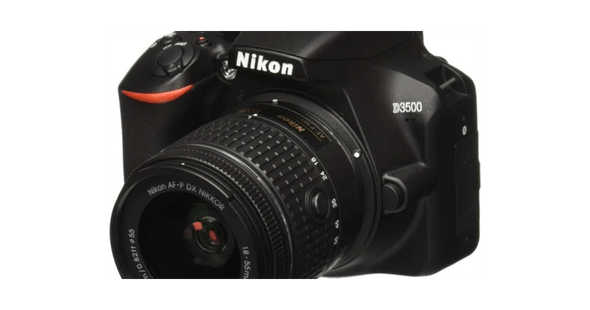
Nikon D3500 is the best DSLR camera for beginners. It’s the new entry-level DSLR, the most basic and latest model from Nikon (after its predecessor D3400).
A well-featured camera and at an affordable price, it is capable of capturing great quality pictures and has better-than-average battery life.
An area where it lacks is it does not have a rotating LCD screen and has no touch capabilities either for a smooth shooting experience. All in all, its last version, Nikon D3400, was a better camera, but D3500 is even better.
The D3500 is slightly small in size, weight, and control layout, compared to D3400, making it lighter, smaller, and easy to operate. An added feature that makes the new model different is the improved battery life as well, which is better than the last one.
The Lense & Display
It is powered with an 18-55mm f/3.5-5.6G VR lens. A separate lens includes an 18-55mm lens and a 70-300mm f/4.5-6.3G lens. A full HD video recording at 1920 x 1080 movie recording at 60P with 5 FPS (frames per second) continuous shooting speed with 24.2 megapixels with a 3-inch fixed LCD screen (non-touch) with a buttons panel on the right side.
The image quality is quite good, not excellent though but still respectable. They have updated the sensor with a 23.5 X 15.6mm DX CMOS sensor and have an EXPEED 4 processor, when both combine, ensure top-notch picture quality.
Battery life
It is better than D3400, improved to 1550 shots per charge, which practically means it could even last a week on moderate use every day, which is quite convenient.
Weight
It is lightweight at 365 grams and is convenient to hold with its compact and comfortable handgrip. The control layout is even better compared to its previous D3400 version, as it has dedicated controls on the right side of the LCD which makes more sense.
Features
The feature that we like is its ability to create a custom white balance manually, plus image control parameters, sharpness, brightness, contrast, and clarity, all are adjustable. You can also add copyright info to your images which is amazing.
It also has an extensive retouch menu (under the playback menu), for editing pictures and movie files. Retouching features like re-sizing, auto-retouch, distortion control, image overlay, monochrome, photo illustration, red-eye correction, D-lighting, selective color, miniature effect, etc are also available to have better control over the photography you do.
Things we didn’t like
Nikon Camera D3500 has a non-tilting (non-rotating) LCD and a non-touchscreen, which is kind of an inconvenient factor when you’re shooting or clicking still that is overhead or below the waist, you know low angle shots or higher than headshots.
This model is, however, not for professionals but suited best for students and an amateur audience who want to learn and try hands-on photography and videography. Also, if you already own D3400, there is no need to upgrade to D3500. Wirecutter also mentioned this in their review.
Bottom line
Overall, the Nikon DSLR D3500 camera is an excellent entry-level DSLR camera at a very affordable price, and the only setback is the fixed LCD non-touch screen which could have delivered a more smooth shooting experience.
But if you’re willing to ignore these drawbacks, and since it’s the cheapest entry-level DSLR model from Nikon, you are good to start your amazing photography and video journey with this camera.
Which Is Best Canon Camera (Mirrorless): Canon EOS M50
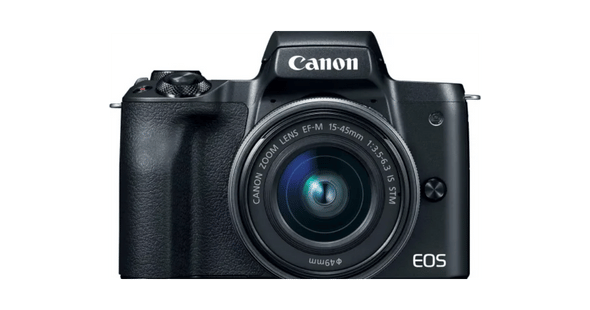
The Canon EOS M50 DSLR camera is the cheapest “Mirrorless” camera with 4K Full HD video recording with a Time-Lapse feature with a maximum of approx 7.4 frames per second (fps) when servo AF (auto-focus) is set and with fixed AF, a continuous shooting speed of up to 10 fps is possible.
The cheap canon camera is the best cheap DSLR camera in the mirrorless category. It also has an improved Dual Pixel CMOS AF, which enables you to focus in an 88% horizontal by 100% vertical area by expanding its AF.
Features
With EF M15-45mm IS STM lens, this model is lightweight at 387 grams and also has a tilted, rotating LCD that gives you the freedom to shoot from different camera angles, with a touch panel on the right side and a built-in flash along with Wi-Fi, NFC (near field communication) and Bluetooth for convenient shooting.
Indoor and night photography is also done best with its expanded ISO speed from 100 up to 25600 and the ability to carry out the AF in the darkest of conditions.
It has an expanded Auto ISO 100 – 25600 and a 24.1 MP APS-C CMOS sensor powered by a DIGIC 8 image processor that is capable of processing large amounts of data from the image sensor at a high speed and capturing decent photos maintaining the foreground and the background.
Videography
This Canon EOS M50 camera’s 4K video (3840×2160) along with the TimeLapse feature, can give nearly 4 times the FHD (full HD) resolution. Also if you want to shoot images and movies together, you can simply take out the still images later by shooting them as a 4K movie, a feature that is there within the camera itself.
Its TimeLapse movie helps you to capture different time windows like the sunrise, the changing color tones of the sky, the bustle of a busy street, and more with so much clarity. It has a nice compact body which is convenient for a good grip.
Bottom line
So to answer which is best canon camera, sure the Canon EOS M50 is one of the best cameras in this range. Powered with the future of digital cameras which is mirrorless technology and with 4K video options available, this model is better than Nikon D3500. Canon mirrorless camera's clear, high-resolution 4K UHD 24p video, you can capture the incredible photos and cinematic moments.
(Mid-price-range)
Second-Best Cheap DSLR Camera: Nikon D7500
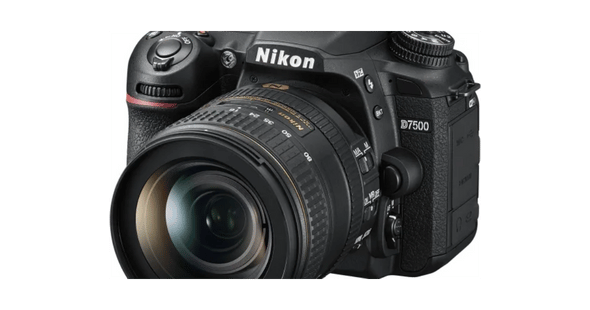
The Nikon D7500 is our top pick model in the best DSLR camera around the mid-price range.
Excellent image quality, 8 frames per second (fps) continuous shooting speed, faster auto-focus, 4K Ultra HD movie recording ability, and a good responsive LCD touch screen, and of course its quite a reasonable price.
Where it lacks
A single card slot (not dual) and an erratic AF while shooting videos, which we noticed while testing. This DSLR camera is most efficient and better than its previous version of the Nikon D7200.
Features
Although if compared to D7200, D7500 has fewer megapixels (20 MP as opposed to 24 MP in D7200) and also lacks a dual card slot, however, the new model D7500 has the EXPEED 5 image processor and 23.5 x 15.7mm DX-format CMOS sensor similar to Nikon D500 (high-end camera) and is capable of delivering fast performance with its higher ISO of up to 51200.
It also offers a 4K UHD (Ultra HD) movie (3840×2160) resolution (compared to a low FHD resolution in D7200), making it more popular among videographers for shooting in and out of bad conditions. So looking at these differences, sure Nikon D7500 is better than Nikon D7200.
Display
Its screen is with responsive and tiltable 3.2 touch-enabled LCD, and convenient menu navigation with playback options. It has a convenient deeper grip for an easy hold while shooting. We were a little disappointed to not find a dual card slot, but it gets covered up against the high capacity continuous shooting, its faster speed, and a 4K UHD video recording option.
Battery
Nikon D7500 has a continuous shooting speed of 8 frames per second (compared to 6 frames per second on the D7200). However, at 950 shots per charge, battery life is less compared to D7200 (1100 shots per charge).
Specifications
D7500 video specifications also look great with a range of recording options like 3840 x 2160 (4K UHD) at 30/25/24fps, 1920 x 1080 (FHD) at 60/50/30/25/24fps and 1280 X 720 (HD) at 60/50fps. Also, it includes manual exposure controls and multiple audio options including an external microphone jack.
4K video can be recorded to the camera’s media card or output via HDMI or both.
The good thing is Auto ISO works in movie mode and adjusts exposure while recording video automatically. 4K video employs a 1.5x crop, so you’ll need a wider-than-average lens for wide shots. Nikon D7500 Camera is good for both beginners and professionals.
This Nikon camera D7500 can produce excellent still pictures, as good as D500 which is the high-end model. It also has ADL (Active D-Lighting) that helps to remove imbalance against any high contrast conditions.
The ISO on D7500 can go from 100 to 51200, where low-light high ISO capabilities are good, but try to stick to ISO 6400 or low to get the best results. In addition to manual, automatic, and semi-automatic modes, the Nikon D7500 offers photo illustration and various options for Effects and Scenes like portrait, landscape, night landscape, and more.
Bottom line
The Nikon D7500 is a high-performance camera (and we think it’s better than D7200 also) at quite an affordable price which is not bad considering its still and video top-notch features. It lacks a single card slot and battery life is good but not excellent. So if you’re willing to ignore these drawbacks, you can go for D7500 and you won’t be disappointed. The Nikon D7500 is built to outperform most cameras in its class with top-tier image quality, blazing speed, flawless autofocus, 4K Ultra HD video.
Also Consider: Canon 80D

The Canon 80D is excellent for video shooters with its Full HD 60P high-definition movie shooting capabilities along with a convenient vari-angle touch screen LCD.
A faster, more-precise dual-pixel CMOS autofocus (AF) system that enhances performance when you’re shooting videos and stills in the live view mode.
Available in single-lens EF-S18-135mm f/3.5-5.6 IS USM lens, it is a half-frame non-mirrorless camera.
Features & Specifications
Equipped with a 24.2 MP CMOS sensor, 45-point cross-type AF + intelligent viewfinder, and DIGIC 6 image sensor, suitable for tracking fast-moving subjects, with an expanded AF area that is capable of achieving low light AF performance and an improved dual pixel CMOS AF with good sensor technology and ISO speed up to 12800 for video and 16000 for still images, allowing you to take a wide range of photos and videos in different shooting conditions, giving you satisfactory results.
Canon 80D Camera comes with FHD 60P movie shooting capabilities that allow you to shoot high-definition movies at 60p. It is also equipped with a power zoom adapter PZ-E1 that allows smooth and quiet zoom operations with its nano USM in the EF-S18-135mm f/3.5-5.6 IS USM lens.
Videography
The Canon DSLR 80D has proved excellent for video shooting, credit to its dual pixel AF system, offering fast autofocus in live view mode. Live view AF on the previous version 70D could track moving subjects only while in video mode, however, the new 80D brings this continuous-focus capability to still image as well.
You’ll find more color noise in low-light shots with their narrow dynamic range. Battery life also proved better with respectable 960 shots per charge. And it’s quite easy to shoot with its rotating LCD touch screen for overhead and below-the-waist shooting which becomes more convenient.
Bottom line
Overall, this Canon 80D camera is great to shoot videos and still images regularly and is better than its predecessor 70D with significant improvements. In simple words, if you’re planning to do a lot of videography, compared to other DSLRs, Canon 80D is a much better option to go for. The Canon 80D is brilliant for video shooters with its FHD 60P high-definition movie shooting capabilities along with a convenient rotating touch screen LCD.
(Upper price range)
Professional Camera (Mirrorless): Fujifilm X-T3
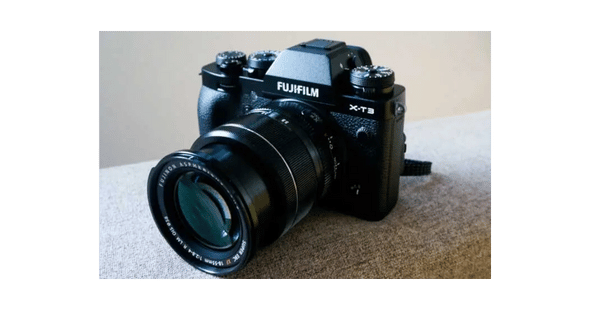
The Fujifilm X-T3 model happens to be better than Nikon D750 in a similar price range, mainly because the Fujifilm is the “Mirrorless” technology and has a better video quality (4K/60P) compared to Nikon D750’s non-mirrorless and Full HD video capability.
Features & Specs
This weather-resistant camera comes with a new X-Trans CMOS 4 and X-Processor for ultra-fast speed performance. With a 3-inch LCD three-direction tilting touch screen and boasting a 26 MP resolution, and an ISO of up to 51200, this X-T3 model is setting a high-quality standard non-comparable with Nikon or Canon similar category models.
Powered by a CMOS 4 sensor (4th gen) which enhances the film simulation modes, allowing it to improve the camera’s ability to track moving subjects and increase its AF speed, with a maximum continuous shooting speed of 30 fps (frames per second), it maximizes the complete potential of X-Trans CMOS 4 sensor to deliver high performance and captures clean and noise-free images.
Features that make Fujifilm X-T3 DSLR Camera different with significant performance improvement are the new X-Trans CMOS 4 sensor (Ultra Sonic Vibration cleaning system) and X-Processor 4 image-processing engine.
High image quality:
With 425 AF points (100% frame coverage) and 26.1 MP resolutions in the APS-C size sensor, this camera is amazing at increasing pixels and maintaining a low noise level.
AF Performance:
Enhanced performance in the face or eye-detection AF with its 2.16M phase detection pixels on the entire frame to deliver faster and more accurate AF.
Improved in Tracking Moving Subjects:
With its 30 fps, while using live view mode of 60 fps, it delivers a blackout-free continuous shooting experience (Available only when using an electronic shutter)
Video Shooting for Professionals:
The Fujifilm X-T3 supports 4K/60P 4:2:0 10bit internal SD card recording as well as 4K/60P 4:2:2 10bit HDMI output, which can be filmed at the same time. It also features the video-specialized film simulation mode “ETERNA”.
All in all, Fujifilm X-T3 is the best overall camera with mirrorless technology, 4K video recording, decent battery backup, CMOS 4 sensor, and a not-too-expensive price tag. The Fujifilm X-T3 features 26.1MP X-Trans CMOS 4 Sensor and X-Processor 4 delivering high quality image, good AF performance, excellent tracking performance of fast-moving subjects and blackout-free burst shooting with its mirrorless camera capable of 4K/60P 10bit recording.
Camera for Professionals (Full-Frame): Nikon D750
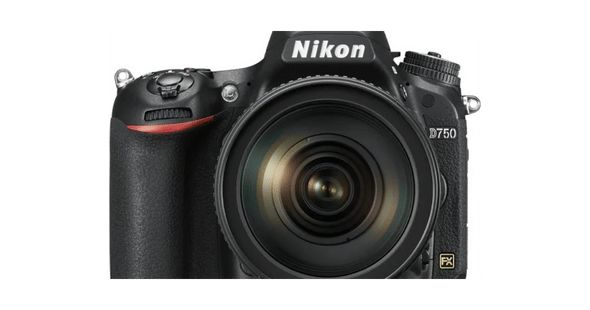
Nikon D750 is the most popular among professional photographers and one of the most-selling “full-frame” DSLR cameras at a not-too-expensive price. Its features such as Group Area autofocus that covers a big portion of the frame and top-notch picture quality in both ample and dim lighting along with advanced video capabilities, make it our runner-up camera.
Features & Specs
It has a dual card slot and a built-in HDR alongside a time-lapse feature. With an ISO of 12800, 51 AF points, and 6.5 fps (frames per second), this Nikon DSLR camera is worth a shot.
It has a weather-sealed body that can resist nasty outdoor shooting conditions. It is a full-frame camera not the mirrorless one and this particular model is not for beginners, it is suitable for professionals.
It has a good comfortable grip to hold and operate with an easy navigation menu on its 8cm tilting LCD touch screen. With a 24 MP FX-format CMOS sensor and EXPEED 4 image processor and a Full HD (FHD 1920×1080) resolution, it is compact and you get full-frame freedom too for a greater still photography experience.
Nikon D750 has a good comfortable grip to hold and operate with an easy navigation menu on its 3.2-inch LCD tilting screen to shoot stills and videos from a low angle (below the waist) and high angle (overhead shots) which is convenient for shooting.
Improved specifications with 6.5 fps for continuous capturing, more than 1200-4400 images per battery charge (depending on how much you use the flash), or 55 minutes of HD video. Also, ISO light sensitivity ranges from 100 to 12,800, but you can expand that to a low of 50 and a high of 51,200 for better results. Autofocus has also been improved, particularly in low light.
The Nikon D750 Camera also offers a power aperture option that allows comfortable changing of aperture settings for better transitions and less noise that might interfere with the video.
The DSLR camera has in-built stereo microphones along with a 3.5mm jack for an external microphone or headphones. It has an AF-S NIKKOR 20mm f/1.8G ED lens which is also the fastest (largest-aperture) 20mm lens in Nikon’s line-up. With a 94-degree viewing angle on a full-frame camera, this lens works well for shooting architecture and landscapes.
The lens measures 3.3 x 3.2 inches and weighs 314 grams. No matter what ISO you choose, the D750 serves up images with very little noise compared with other similarly priced DSLR cameras, which is not common for a full-frame DSLR in this price range.
Display
The Nikon D750 DSLR Camera also has the full ability to capture colors that look accurate with a pleasing amount of saturation and contrast. You will get the best balance of detail in the brightest and darkest portions of the image, which means, Nikon’s auto metering mode, named 3D matrix metering, makes the best metering decision in wide situations. The 51-point autofocus system in the D750 covers a good portion of the frames.
The D750 model’s 6.5 fps burst mode is fast enough to handle amateur sports, although not quite as fast as high-end mirrorless cameras do. The buffer in the camera allows you to shoot up to 87 JPG images before it fills up and the image capture slows down. If you shoot RAW, the limit drops to 15 shots.
Video & Battery
The camera records high-end videos at up to 1080p and 60 frames per second. It’s not a pro-level video camera since it does have a “flat” picture control mode that can let you get a wider range of colors. The Nikon D750 model battery life of 1,230 shots is good enough and should run through at least one full day, or even multiple days of shooting.
Nikon D750 is the most popular among professional photographers and one of the highest-selling “full-frame” DSLR cameras at a not too expensive price.
(High price range)
Professional Camera “Full-Frame Mirrorless”: Nikon D850
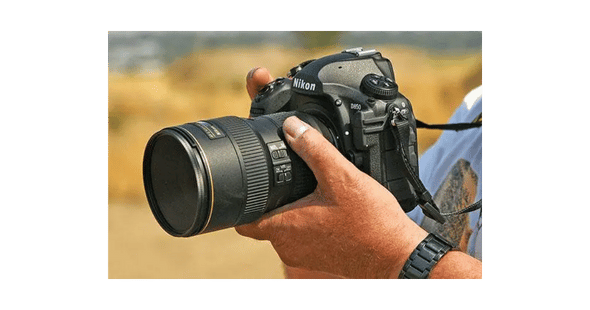
Nikon D850 is the best DSLR camera for high-resolution still photography and there is no one stands ahead of this model. D850 is the “full–frame mirrorless” camera that is considered above all models when it comes to wildlife photography.
And of course, this model being mirrorless is also best for videography so considered best for shooting purposes. Nikon D850 camera is being used at NASA in their spacecraft to capture great quality images in space. That proves some authenticity for sure.
Performance
This Nikon camera is powered with a 45.7 MP FX BSI CMOS sensor with EXPEED 5 image processor, a 3.2-inch 2.36m-Dot tilting touch screen LCD, and a full-frame 4K ultra HD video recording at 30 fps.
Also, its ISO range is from 64-25600, and its 8K time-lapse feature along with a long battery life to last for approximately 1840 shots per charge if paired with the optional MB-D18 grip and EN-EL18a/b battery, you can also record around 5140 shots per charge.
Image Quality
Nikon D850 sets excellent quality standards, equipped with the impressive extraordinary image quality of 45.7 MP that enables you to capture high-end pictures and also produce phenomenal 4K Ultra HD with NIKKOR wide-angle lens that captures fine moments with its 120p/100p FHD slow-motion recording, along with continuous speedy shooting ability at 7 frames per second (fps) or 9 fps.
This camera has proven best when it comes to still photography, wildlife, wedding, sports, nature, fashion and Lifestyle.
Nikon camera’s full-frame 4K Ultra HD (3840 x 2160) and FHD movies can be filmed in both Nikon FX-based and DX-based movie formats. It records in more detail in either the 35mm DX format which provides more reach or the large FX-format which provides a shallow depth of field with a captivating bokeh effect along with its time-lapse feature to slow-motion shooting function.
The D850 offers the ability to create images that goes beyond 4K UHD with a silent interval timer shooting at 45 megapixels and 4x (shot at 120/100p, recorded at 30/25p) or 5x (shoot at 120p, recorded at 24p) slow-motion film.
Its superior 153-point AF system and an AF engine utilize parallel processing with a sequence control microcomputer so you get high-performance autofocusing even for demanding high-speed shoots.
The camera even has an optical viewfinder with approximately 0.75x magnification, the largest ever in D850 DSLR camera history, so you can compose the perfect shot with its wide view field.
It also offers a range of color temperatures to provide the best tones and exposure, especially when it comes to natural light. The natural light auto function provides accurate white balance when shooting outdoors; creating vibrant colors that look different from every image. The camera also is a much more reliable remote flash shooting using Nikon SB-50003 via radio control.
You can also connect the Nikon D850 to your TV via HDMI for image selection, viewing, and enjoyment of your newly converted photographs.
Seamless transfer of low-resolution images along with different shooting conditions through its built-in SnapBridge connectivity. Here, the Wi-Fi and BLE (Bluetooth low energy) enables the communication between your smart device and the camera.
Your Smartphone or iPhone can also remotely trigger the shutter and display a live view image mode from the camera so you can handle it from a distance.
More features, Data transfer:
Using the optional WT-7a Wireless Transmitter, you can transfer data wirelessly at a faster speed.
Frames:
Up to 300 individual frames can be recorded with the D850 automatically shifting focus between each shot to achieve a greater depth of field. The images will be saved within a unique folder on the memory card in order to keep each series of exposures segregated for faster and easier post-production work.
Format:
In-camera shooting is possible in the 1:1 square format and classic 4:5 format, and the viewfinder will be automatically shaded during shooting in order to get better results.
Raw file:
In-camera raw file batch processing is possible. Raw files can be recorded in 3 separate sizes for faster post-production.
Bottom line
The Nikon D850 is a compatible camera with a radio-controlled Advanced Wireless Lighting system. Image control mode allows you to set predefined looks to imagery in-camera and includes Flat, Monochrome, Landscape, Portrait, Neutral, Vivid, Standard, and auto settings. All in all, the Nikon D850 is the best DSLR camera ever for photography and videography.
The D850 is the best DSLR camera for high resolution "still photography". D850 is the “full–frame mirrorless” camera that is considered above all models when it comes to wildlife photography.
Professional Camera for Videography: Nikon Z 6
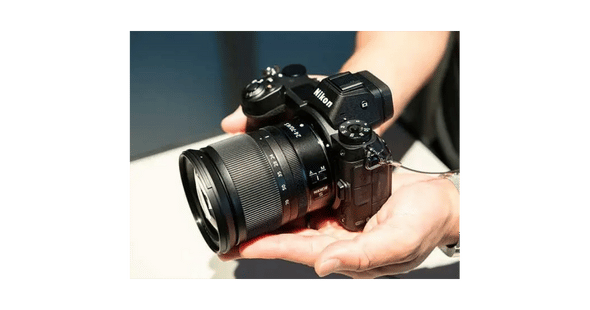
The Nikon Z6 is the best professional camera for videography. Mirrorless technology is going to be the future of digital cameras and every major camera brand is shifting to a mirrorless stream.
Z 6 proved excellent to shoot long continuous videos, especially in low light with its full-frame 4K ultra HD in FX-based movie format, full HD/120p, and N-log.
Z 6 is powered with a decent 24.5 MP with ISO going from 100 to up to 51200 and also comes at 12 FPS (frames per second).
For all your creative desires, this multi-functional FX-format mirrorless camera can deliver excellent high-sensitivity performance and video features. It has a compact body while providing superior high-sensitivity performance and amazing video features, the Z 6 is ready for a broad range of shooting scenarios.
Processor
With the new EXPEED 6 image-processing engine, it reduces the noise effectively even at the higher ISO end while maintaining the resolution. It is capable of a Continuous shooting at up to around 12 fps and all professionals and amateurs, especially filmmakers will like the camera’s wide array of movie functions with the support of a superior optical NIKKOR Z lens.
The bottom line
The Nikon Z6 features a larger mount diameter, a full-frame CMOS sensor, and a new image-processing engine, the Z 6 delivers a variety of colors, clarity, and sharpness.
Along with an electronic viewfinder (EVF) and cinema-ready 4K UHD filming capabilities, the Nikon Z 6 is our second-best favorite pick in the best DSLR camera range and goes extremely well for all videographers.
Nikon Z6 proved excellent to shoot long continuous videos especially in low light with its full-frame 4K ultra HD in FX-based movie format.
Professional Camera Comparison (similar price range)
Nikon D3500 vs. Canon EOS M50
We would pick Canon EOS M50 in place of the Nikon D3500 as the former is best in every manner compared to the latter. The Mirrorless technology and 4K video recording, frame grab, and video Time-Lapse feature make Canon M50 an enhanced model.
Nikon D3500, on the other hand, is not a mirrorless camera and comes with a Full HD video recording instead of 4K. The Canon camera is also capable of shooting at a continuous speed of 7.4 fps and is powered with an APS-C CMOS sensor and DIGIC 8 processor; however, Nikon D3500 comes at a little lower fps rate of 5 and is powered with a DX-Format CMOS sensor and EXPEED 4 processor.
Canon M50 is, however, relatively expensive compared to Nikon D3500.
Needless to say, if you want to go for more video recording than capturing still images, you must go for Canon M50. But if you want to try hands-on most basic entry-level photography and videography, go for the starting DSLR model of the Nikon D3500.
Nikon D750 vs. Fujifilm X-T3
We would pick Fujifilm X-T3 over Nikon D750 for all the good reasons, the biggest being the mirrorless technology with X-Trans CMOS 4, which goes up to a stunning 30 FPS and has a 4K video recording ability. However, Nikon D750 is not a mirrorless camera and is powered with an FX-format CMOS sensor with EXPEED 4 image processor and is Full HD, not 4K. X-T3 also has slightly more pixels (26.1MP) and AF points of 425 with 100% frame coverage compared to Nikon D750 (24 MP) and 51 AF Points.
Price
Prices are almost the same however if you are looking especially for video recording purposes, we suggest you go for Fujifilm X-T3 for its mirrorless technology and 4K video ability. Even for still photography we feel X-T3 is better in this price range. It’s no comparison between the Fujifilm X-T3 model and another brand model in a similar category, the former being the best camera.
Canon 80D vs. Nikon D7500
We would pick Nikon D7500 over Canon 80D for a few good reasons that belong to the D7500 model and somehow missing in the 80D. To begin with, the D7500 is a 4k ultra HD video recording with 8 frames per second and 51 AF points for enhanced image and video quality, however, Canon 80D is a Full HD movie shooting camera with up to 7 frames per second and 45 AF points.
D7500 video specifications also look great with a range of recording options like 3840 x 2160 (4K UHD) at 30/25/24fps, 1920 x 1080 (FHD) at 60/50/30/25/24fps, and 1280 X 720 (HD) at 60/50fps.
Canon 80D is also a great video recording camera but not as good as D7500. We would go with Nikon D7500. Price is also very similar for both models, as per your need and budget, you can pick the best that suits your requirements.
DSLR camera vs Mirrorless camera: Which is the better professional camera?
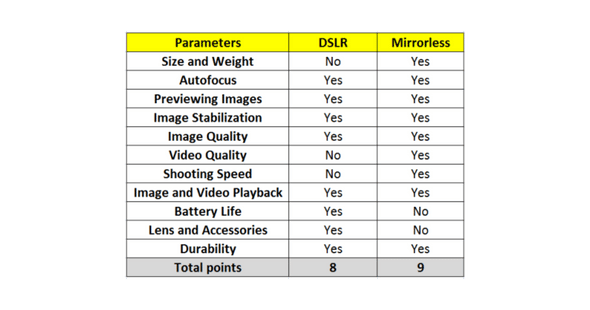
To get the most out of your photography, you would want to purchase a camera with an interchangeable lens. But the question is which could be better for your needs, a digital single-lens reflex (DSLR) camera or a mirrorless camera? Find out more.
A mirror inside the camera body reflects light coming in through the lens up to a prism (or additional mirrors) and into the viewfinder so you can preview your shot. When you press the shutter button, the mirror flips up, the shutter opens and the light hits the image sensor, which captures the final image.
In a mirrorless camera, light passes through the lens and right onto the image sensor, which captures a preview of the image to display on the rear screen. Some models also offer a second screen inside an electronic viewfinder (EVF) that you can put your eye on. Our example of a mirrorless camera, one of our favorites, is Fujifilm X-T3 in the mid-price range and Canon EOS M50 in the low range (inexpensive).
Weight and Size
DSLR camera bodies are relatively larger, as they need to fit in both a mirror and a prism. The body of the Nikon D3500, for example, is smaller than its predecessor Nikon D3400, but still a rather huge 3 inches deep before you put the lens on the front. With the 18-55mm kit lens, the camera weighs about 680 grams.
A mirrorless camera body is usually smaller than a DSLR body. The clear winner here is a Mirrorless camera. You can carry a mirrorless camera more conveniently and fit other accessories such as extra lenses into your camera bag.
Autofocus Speed
DSLRs had the advantage here since they use a technology called phase detection that measures the merging of two beams of light quickly. Mirrorless cameras were restricted to a technology called contrast detection, which uses the image sensor to detect the highest contrast, which corresponds with focus. Contrast detection is slower, particularly in low light than phase detection.
Different cases with mirrorless cameras, now have both phase and contrast detection sensors built into the image sensor and can use both to purify their autofocus. Both types offer speedy autofocus, with mirrorless cameras offering hybrid sensors that use both phase and contrast detection on the sensor.
Image Quality
Both types of cameras can take high-quality pictures, with similar resolutions. Mirrorless cameras’ smaller image sensors used to mean lower quality as they could not capture as much light, but that is no longer the case.
Camera manufacturers have learned to produce more sensitive chips and to better suppress noise. Several mirrorless camera makers now use the same APS-C sensors found in the majority of DSLRs.
Several full-frame mirrorless cameras have the same size sensor (35mm) as found in premium DSLR cameras. With almost the same quality sensors and image processors, both mirrorless and DSLR cameras can take excellent photos.
Video Quality
Definitely mirrorless cameras are better to shoot videos. DSLRs can’t use phase detection with the mirror up while recording video, so they have to use the slower, less accurate, contrast-detection focus method.
Mirrorless cameras can capture 4K, or Ultra HD, video with four times the resolution of HD footage. The clear winner is a Mirrorless camera here with superior autofocus in most models; mirrorless cameras provide the best results, especially for filmmakers.
Battery Life
DSLRs here are a clear winner as it offers longer battery life they can shoot without using the LCD screen or an electronic viewfinder, both of which consume a lot of power. Both types will have similar battery lives if you use the LCD screens to preview and view captured images a lot, as this consumes a lot of power.
Final Verdict
So yes clear winner is a DSLR camera as DSLR can shoot without using the LCD screen or EVF (electronic viewfinder).

